In the fourth room the visitor has the opportunity to appreciate the artistic experience related to the landscape, collected by Prince Odone of Savoy himself, starting with the paintings of his first painting master, the Piedmontese Angelo Beccarla (Turin 1820-1897), who updates the classic setting of his landscapes with a fresh and bright naturalism.
“Do you want to know how De Avendano, De Andrade, Pittara, Rayper make their paintings? They want to represent the countryside: well they start by going to find it by going to the places that best suit their tastes: and so they choose at times stony, now grassy, now mountainous, now flat, either on the hill or by the sea. Once there, you find them with their folders, lapis, looking for subjects. They make a hundred sketches to find the motif, the line, the chiaroscuro, the elegance ... ". The words of the painter and architect Alfredo D'Andrade (Lisbon 1839-Genoa 1915) here present with the oil, “Motivo sulla Bormida” of 1865, which vividly summarizes the habits of a group of artists who recognized themselves, starting from 1863, in the "Grey School ". Encouraged by the foreign news of the Barbizon School, by Corot, by the close contacts with the Tuscan Macchiaioli, and by the lucid intuitions of Tammar Luxoro (Genoa 1825-1899) - painter to whom we owe the “Scuola di paesaggio dal vero (Landscape school from life) of the Ligustica Academy of Fine Arts and Landscape works of 1865, “L'Entella” of 1863, “Porto di Savona”, “La via ferrata” of 1870 -, Ernesto Rayper (Genoa 1840-Gameragna 1873), with “Gombo” and with “I Pittori”; Serafín Avendaño (Vigo 1838-Valladoid 1916) with “Savignone: le Gabbie” (1870ca.) and the exuberant “Riviera di Genova” (1881); Alberto Issel (Genoa 1848-1926) with a “Paesaggio di Rivara”, proposed a repertoire of subjects drawn from direct observation of the landscape represented with silver-grey chromatic tones to better capture the brightness of the natural environment on the canvas. Favourite places for summer meetings were Carcare and the Bormida valley, the Ligurian coast, the beaches around Viareggio – where Vincenzo Cabianca (Verona 1827-Rome 1902) and Luigi Bechi (Florence 1830-1919) were also painting, of which valuable evidence remains in the splendid oils purchased by Odone -, and finally the areas of Canavese, where, between 1868 and 1870, "grey" and Piedmontese joined in the fruitful "School of Rivara", intended to overthrough the old academic rules.
Genoa Riviera. The rock of Quarto
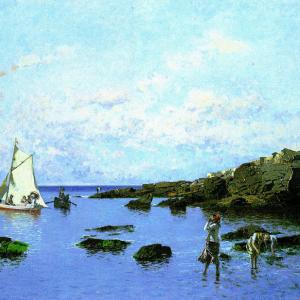
Genoa Riviera. The rock of Quarto

Genoa Riviera. The rock of Quarto

Genoa Riviera. The rock of Quarto

The baths at the Lido di Albaro
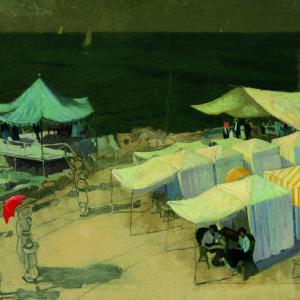
The baths at the Lido di Albaro

The baths at the Lido di Albaro

The baths at the Lido di Albaro

Viareggio Beach
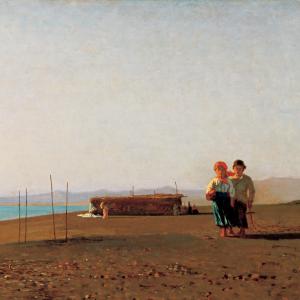
Viareggio Beach

Viareggio Beach

Viareggio Beach

After the storm
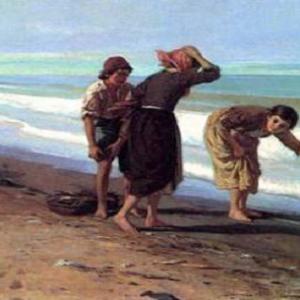
After the storm

After the storm

After the storm

The okra
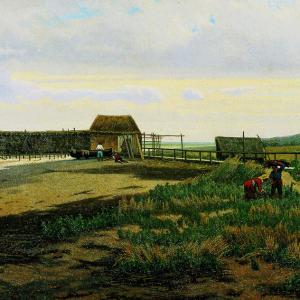
The okra

The okra

The okra

Motif on the Bormida
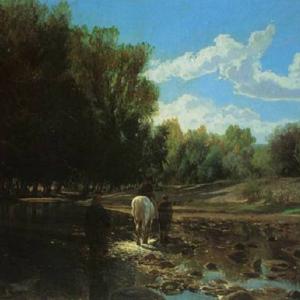
Motif on the Bormida

Motif on the Bormida

Motif on the Bormida

The painters
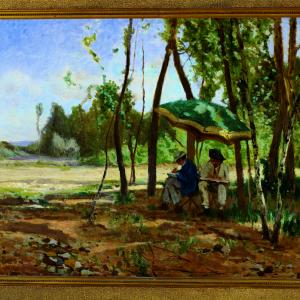
The painters

The painters

The painters

Entella - Intra Siestri and Chiavari are joined by a beautiful river... (Dante, Purgatory, Canto XIX)
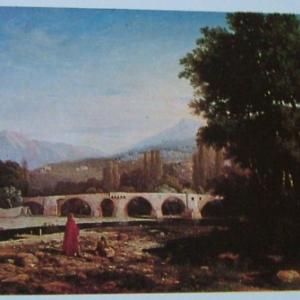
Entella - Intra Siestri and Chiavari are joined by a beautiful river... (Dante, Purgatory, Canto XIX)
Entella - Intra Siestri and Chiavari are joined by a beautiful river... (Dante, Purgatory, Canto XIX)

Entella - Intra Siestri and Chiavari are joined by a beautiful river... (Dante, Purgatory, Canto XIX)
Porto di Savona
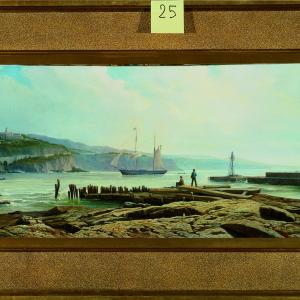
Porto di Savona

Porto di Savona

Porto di Savona

The via ferrata
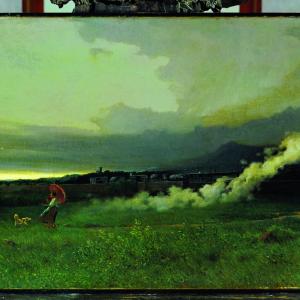
The via ferrata

The via ferrata

The via ferrata





